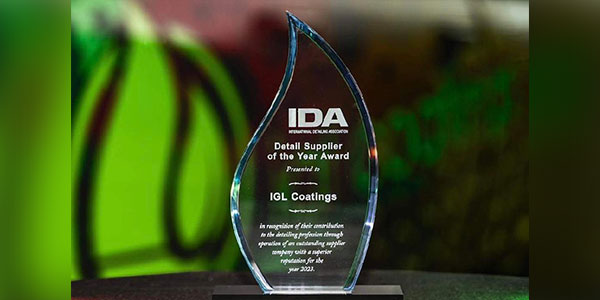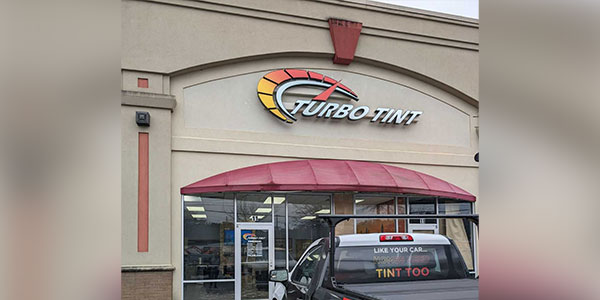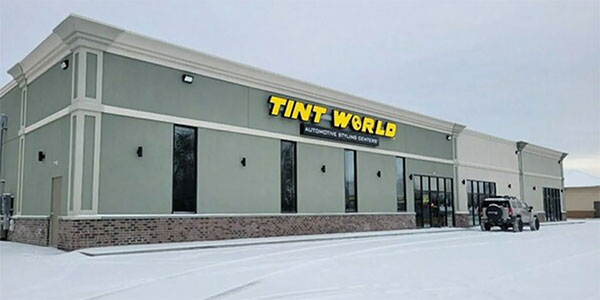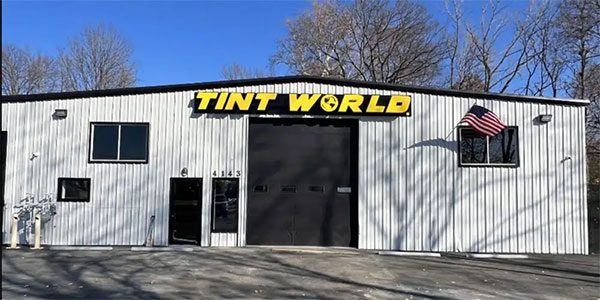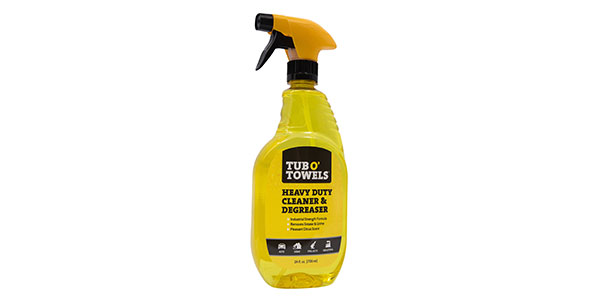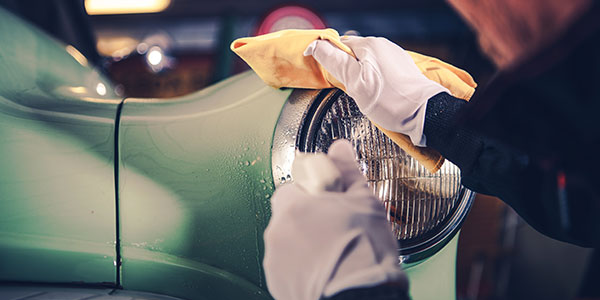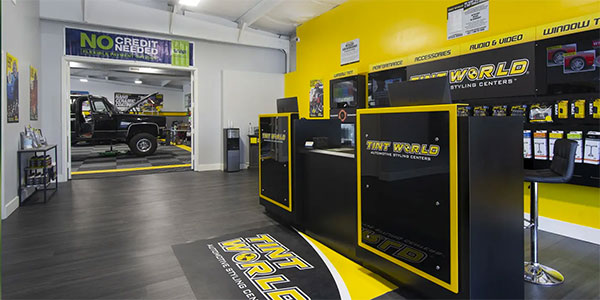Anyone involved in auto detailing knows of the challenges associated with tannin stains. You know what they are — those pesky, stubborn and very-difficult-to-remove stains that have haunted many of experienced cleaning technicians.
What, exactly, are tannin stains? Tannin is a natural occurring vegetable dye found in many plants, especially grape skin, tea leaves, bark and stalk of vegetation, and coffee beans. It is the “bittering” component of plant-based beverages.
In homes, they most likely would be coffee, tea, red wine, natural fruit juice, dark beer and more.
But in cars, it’s mainly coffee, and sometimes tea. We aren’t setting rules here. Just playing the odds. Hopefully your customers aren’t drinking dark beer and red wine in their vehicles.
Cleaning up coffee, tea and similar staining substances is relatively easy if handled immediately. Yet, carwash customers aren’t always quick to get their vehicles to their favorite detail shop.
So the spot (defined as substance on the outside of a fiber) in time becomes a stain (defined as substance inside the fiber). The real challenge? While a spot is fairly easy to remove with normal, routine cleaning, a stain is much more difficult to remove and involves added steps.
Why so tough?
Coffee and tea, both of which contain natural tannins, are difficult to remove because of the high temperature of the spill, which goes — quickly — deep into the fiber. Unfortunately, these can quickly become tough tannin stains. Other substances, such as natural fruit juice and tomato juice, also contain tannins. Here’s some good news — those beverages are easier to remove because they are typically spilled while cold. Thus, we hope, they remain simple spots.
And don’t forget that added substances, such as sugar and cream, can make any job more challenging.
To make matters worse, some decaffeinated coffees often have artificial colors added to provide a richer appearance. Some teas will also have artificial colors added. Artificial coloring can be really tough to remove.
What to do?
The first step of removal is to clean the spot with a quality neutral detergent. This step is simple: Remove added substances, or spots. Keep it simple. Apply product, work it into the spot, and allow approximately five minutes of contact time. Then extract the spot.
It didn’t all come out? No surprise here. What is left behind is probably a tannin stain. And, tannin stains are bad news.
The next step is to apply a tannin stain remover. Tannin stain removers are acid-based detergents, specialized products, which work by dissolving the tannins into a solution that can be rinsed. Work the solution into the stain, and allow approximately five minutes of contact time. Then, extract the stain.
And, odds are, you will still have a stain. Sorry to tell you this, but this is the real deal in regards to cleaning. Nothing is easy. It’s not personal. You have to go through the steps. Now, on to the next one.
Bleaching action
Which bleach should you use? Most likely, you need an oxidizing agent, a peroxide-based product, usually safe for all automobile fabrics, both fabric seats and carpet, which should be nylon. Then again, a reducing agent might be necessary, especially with decaffeinated coffee, which can have artificial colors added, as mentioned previously.
Each type of product varies in regards to instructions. Oxidizing solutions add oxygen to destroy color molecules. Reducing solutions remove oxygen to destroy color molecules. The theory is that both types of bleaches render stains invisible.
All brands have their specific instructions on use; just follow directions.
Dealing with customers
The challenge is that you are a carwash owner or a detailer, and you don’t have all the time in the world. It’s not likely your customers will leave the car with you for a week so you can experiment. So play the odds.
Most stains respond to an oxidizing agent. Apply a peroxide-based solution to the tannin stain, enough so that it stays damp for several minutes to perhaps an hour. Give the product time to work.
Remember that not every stain can be removed. It’s not your fault when this happens. But you can do one thing: Do the absolute best job you can and set customer expectations at the beginning of the job.
Jeff Cross is the executive editor of Cleanfax and is an industry trainer and consultant, and offers various workshops to help cleaning professionals hone their technical skills. He can be reached at [email protected].





